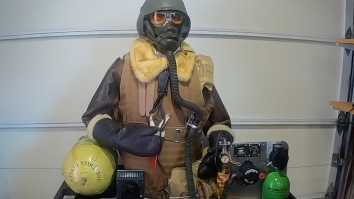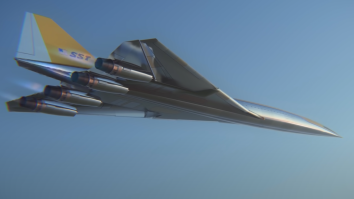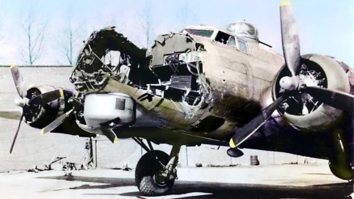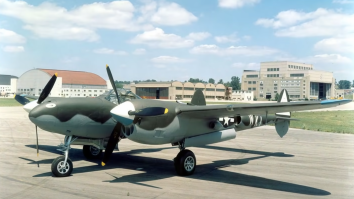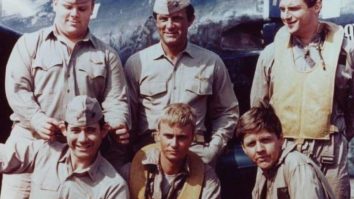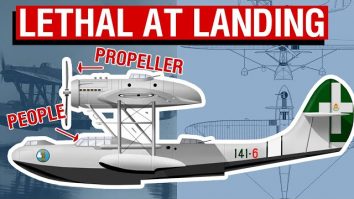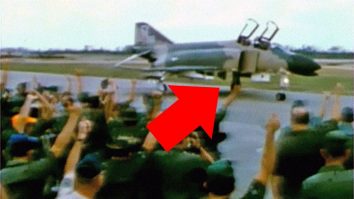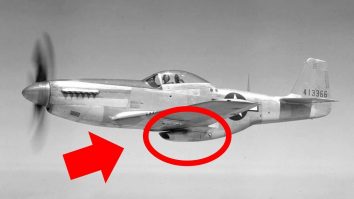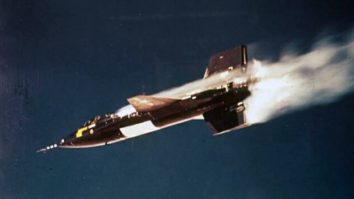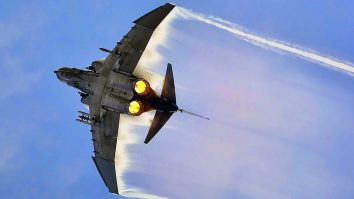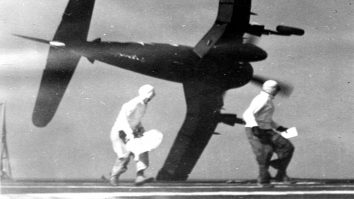1. Supplemental Oxygen Bombers operated between 25,000 to 35,000 feet. Now, that wouldn’t be such a problem if the plane was pressurized but the B-17 was not. Therefore, crew members had to breathe in supplemental oxygen so as to not pass out and die during missions. It only took a minute for someone to pass […] More
1. Too Expensive To achieve supersonic speeds while housing almost 300 passengers, the Boeing 2707 had to be designed with four GE4 turbojet engines. It also had to be made of material that could handle the heat produced by flying at supersonic speeds. These factors would lead to difficulty in procuring materials and overall being […] More
The Lucky Number 666 It had the number “666” on its tail which made everyone think it was bad luck to operate. Badly beaten and almost inoperable, it would still somehow fly back to the base for repairs. It was later sent to the back of the base to collect dust, waiting for its next […] More
1. High Price Compared with the prices of the P-47 and P-51, the price of the P-38 is alarmingly higher than the two. In 1944, a P-38 could cost $97,000 while a Mustang was only $51,000. Buying something cheaper that performs way better is a no-brainer. We saw the rise of the P-51s in the […] More
1. Most Were Fictional Most of the characters in the show were fictional. However, one character is based on a real WWII pilot named Greg Boyington. “Pappy”, as others would call him, was a WWII pilot known for being a rule-breaker, to put it quite frankly. His squad, however, wasn’t actually composed of a crew […] More
1. Does it have all the electronics? Making the planes as light as possible is a top priority. That’s why weapon systems are taken out of the plane including some of its navigation instruments. By doing so, a Harrier would save around 400 lbs. For navigation and communication, the pilots would opt to use civilian […] More
The Z.501 Gabbiano greatly overstayed its welcome. It had its moments when left uncontested but it was no match as soon as capable fighters challenged it. Underwhelming Design and Performance The Gabbiano isn’t a very popular aircraft due to its lackluster performance in the war and also its design. Not a lot of planes can […] More
Operation Bolo was led by Colonel Robin Olds and it was used to lure Vietnamese MiGs by mimicking bombing formations. This operation alone wiped out almost half of the Vietnamese’s MiG-21 arsenal. Its success led to the creation of similar operations which also proved to be effective at times. Underperformance The first half of the […] More
If there’s anything life has taught us, it’s that nobody is perfect. The same thing can be said of any warbird in existence and the P-51 is no exception. Allison vs Merlin You really have to nitpick to find what’s wrong with the P-51. For the longest time, it was something to do with the […] More
1. Remarkable Powerplant A hypersonic aircraft needs an engine that can meet its needs. Thus came the XLR99 – a liquid-fuelled rocket engine capable of generating more than 50,000 lbf (around 250 kN). Earlier versions used two XLR11 engines that were enhanced to produce 16,00 lbf (71kN). 2. Notable Test Pilots The first man to […] More
1. APX-80 aka Combat Tree This was a top-secret game-changer only equipped in a number of F-4Ds. They would use the Combat Tree to look around for specialized transponders in Vietnamese aircraft. Transponders were used by the Vietnamese to prevent friendly fire but were subsequently used against them by the APX-80. 2. Set 16 World […] More
Forming Bonds and Earning Respect The two friends first met aboard USS Leyte in 1950. Hudner was assigned to the VF-32 where he piloted the F4U Corsair alongside his wingman, Jesse Brown. Brown faced discrimination growing up in the early 1900s. Still, he became the first African-American to complete the Navy’s basic flight training program. […] More


